Maddi Costanzo is a National Premier League soccer player and now building on her love of sport to mentor and challenge other athletes, including several members of the City Coast Motorcycles MX Team. Read on for our exclusive Q & A.

Let’s start at the beginning… At what age did you start riding motorbikes and what are you riding now?
My dad got me my first bike when I was six years old, which was a Suzuki DR50 and Dad had a Honda CRF230. We used to ride on weekends around the local bush tracks and school holidays at my grandparents farm out near Parkes. I gave up riding to pursue my football career, as I participated in many sports but excelled in football. Since I currently train so many MX athletes, they have persuaded me to get my second bike and ride again at age 25. I am so excited to see what I will be getting from Dad this Christmas!
Who were your role models as a child?
Growing up I mainly followed football, so my role model was an old Socceroo player Tim Cahill; I am sure people used to see him on the Weet-Bix box. I grew up living on the South Coast, but all holidays were in the country at my grandparent’s farm. We were taught to work hard. Family members such as my uncle and Pop were role models teaching me how to ride bikes, quads, drive tractors and utes as well as how to maintain them like checking the oil and changing a tyre from the age of 11.
Rising through the ranks, what were your biggest challenges training and competing in international soccer?
Going overseas at the age of 11 to play football in Germany, Denmark, Holland, Sweden and then at age 12 to America were some of the biggest challenges. It is a young age to be in a foreign country and needing to take care of myself and be an athlete, but those big life experiences made me who I am today, very independent, driven and focused to succeed.
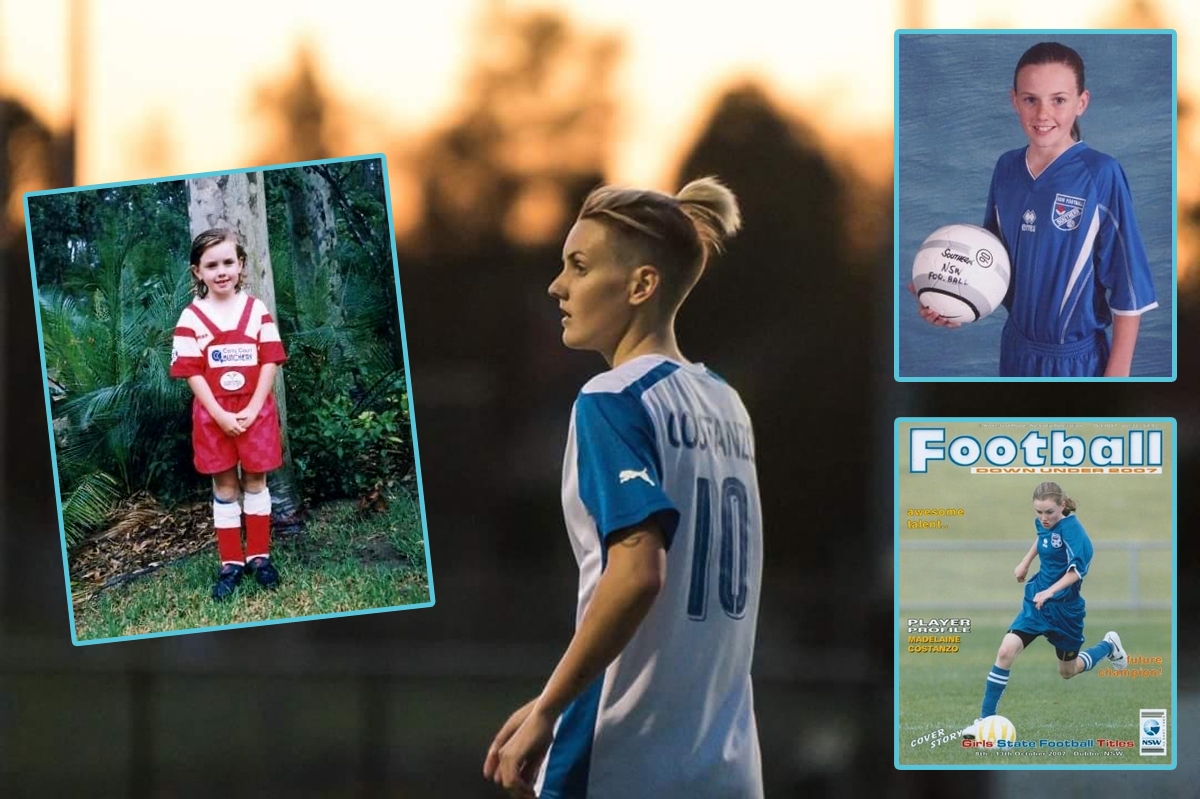
I missed a lot of social events, birthday parties, sleepovers and just being a kid. When I was growing up I lived in Ulladulla and my parents would drive for three hours to Sydney, multiple times a week to get me to training and camps. I did miss a lot of school and in the school holidays I was in football camps or competing at State and National football tournaments. I understand what it is like to be a young athlete and the sacrifices we have to make to pursue our dream career of being a professional athlete.
I still play at an elite level; getting paid to play is always a privilege and suffering two major setbacks in doing my left ACL, meniscus and LCL in 2016 put me out of football for 10 months while I had surgery. I came back the following season to win the NPL 2 Golden Boot and I put that down to dedication, commitment to wanting the best from each performance and never giving up. In 2019 I was at the top of my game again and in a preseason match I suffered my 2nd ACL tear which was a meniscus tear in my right knee, and I required surgery again.
I am cleared to play and go in the NPL 1 comp. I like to share my story to remind people that we are capable of anything in life if we never give up, we work hard, we recover well, we learn to build a strong mindset and we try our best every chance we get to perform. You never know when it is going to be your last race, game or competition.
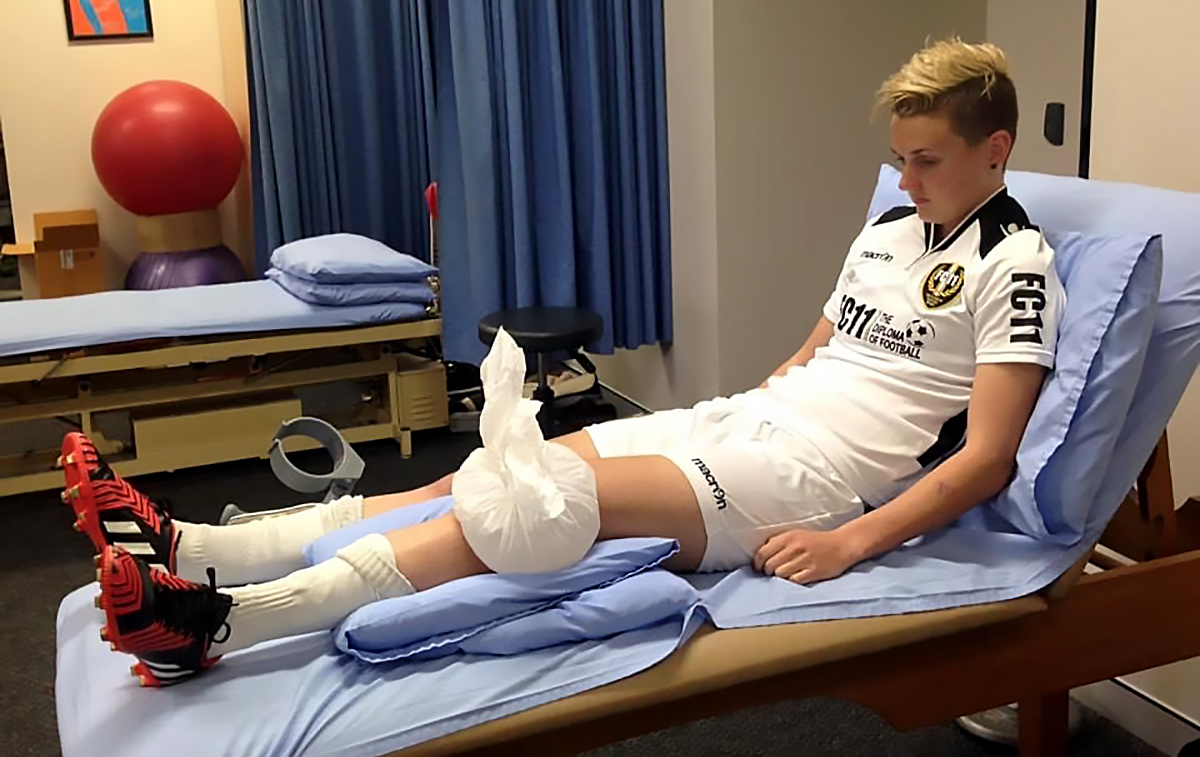
What were your highlights?
Definitely travelling overseas is the biggest highlight as an athlete. I also say my two ACL surgeries are highlights even though yes, they were a setback in my athlete career but on a different level they helped me grow as a person in the sense that if I didn’t suffer them, I wouldn’t have started my business so young, learnt about sports psychology, coaching and helped other athletes through the same struggles of suffering an injury.
Another highlight is the new opportunities that have arisen and to now work in MX camps with coaches, as well as the way I connect with all my riders so well. I think therefore I have quite a few of them because they work hard like me, but they can also take a joke and have a laugh with me – we all get along well! Most days I am their trainer but sometimes I am more like the big sister to show support, give advice and have friendly banter with them, especially the older boys. I love seeing their smiling faces and that they all have fun personalities of their own.
In just four years you have become one of the Illawarra’s most sought-after personal trainers and coaches. Where did your inspiration come from?
I am surrounded by great friends that all own different businesses, so I always bounce off their energy to keep growing my own business. I want to be the coach I never had for my athletes and educate them on training, nutrition, mindset and give them real life skills that they can use for the rest of their life.
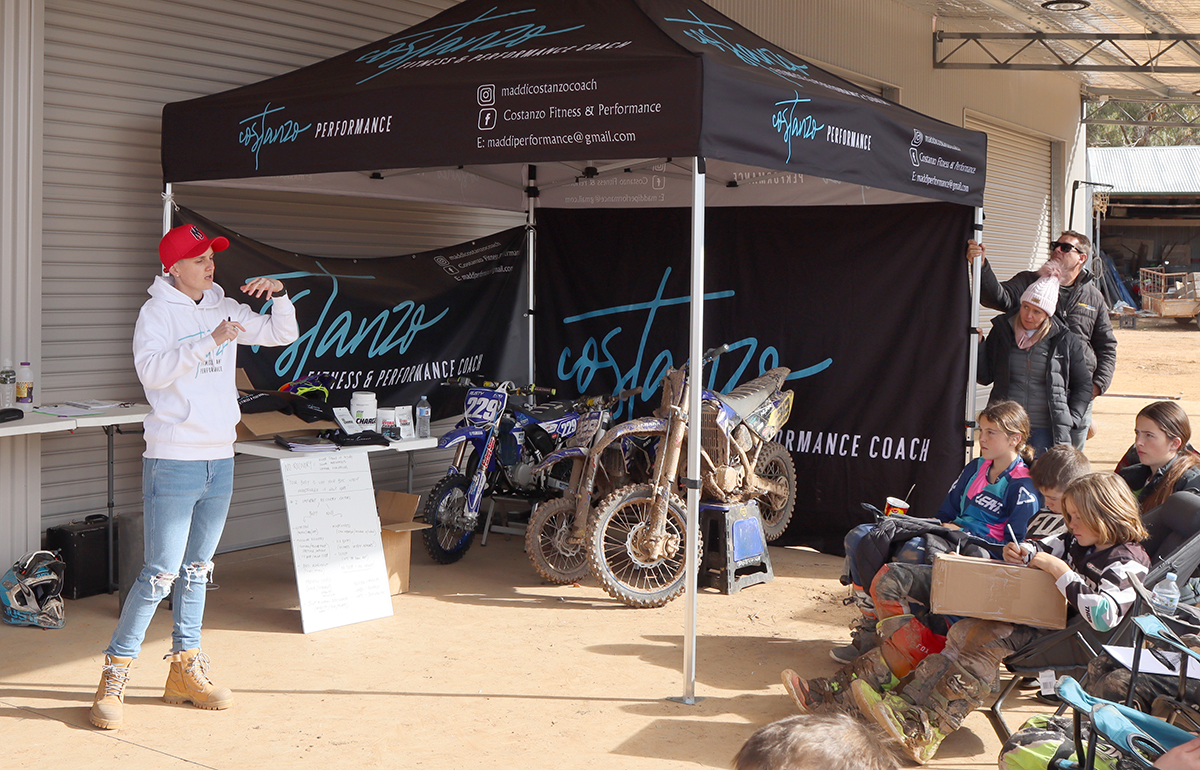
Along with a mantelpiece crowded with trophies, you now have walls flooded with qualifications enabling you to provide athletes with a holistic approach to their chosen sport. What have you studied?
I left school at 17 and studied my Certificate 3 & 4 in Fitness. I then went on to study a Diploma of Sports Development, Level 1 Strength & Conditioning, Certificate in Sports Nutrition, Certificate in Sports Psychology, Certificate in Human Biology – Muscle & Movement and recently finished my Certificate in Child & Adolescent Mental Health.
You’ve been coaching juniors and seniors on the City Coast Motorcycles MX Team; how does your experience performing on the soccer field translate to training motocross athletes?
Yes, the riders keep me on my toes, but I personally have said this a lot over the last few years, “I love training my MX athletes the most!” They are open and willing to try anything, they work super hard and I love that I need to keep up and continually learn and adapt to help them more. I started training MX riders 3.5 years ago and even though MX and football are very different in terms of how they are performed the basics are always the same: Proper strength training to minimise injury, learning to fuel the body for performance which I say to my riders, “you wouldn’t try win a race on an empty fuel tank so don’t think you can go race on an empty stomach,” as well as sleep quality, learning how to recover after performing, etc it is all the same. When I can, I watch my riders race at the local track at Mount Kembla. I also made the four-hour trip to Cessnock this year to watch them in the King of MX to learn more about their body position on the bike so I can replicate that in the gym.
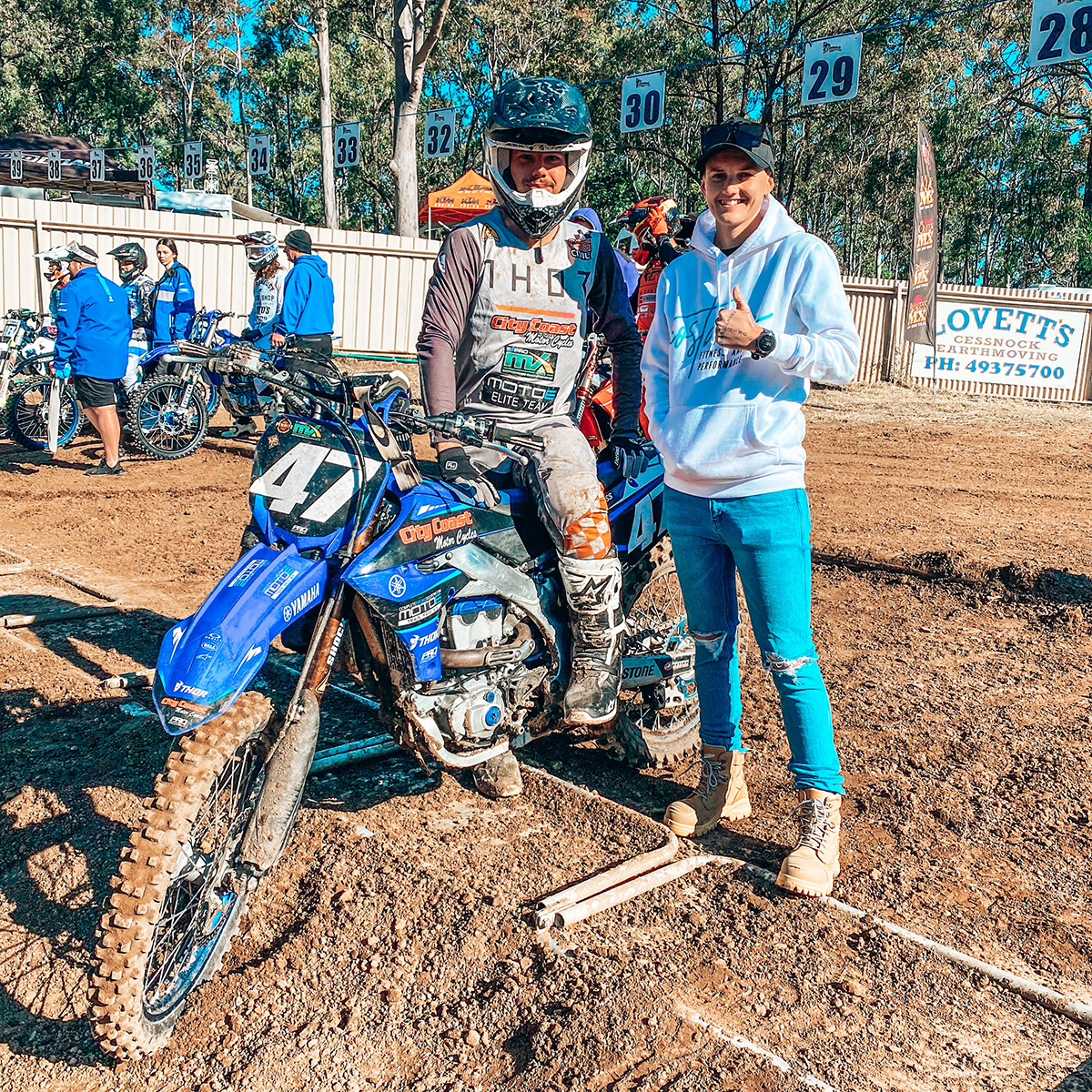
You provide one-on-one sessions with clients and often attend their competitions. How have you kept them focussed throughout the COVID lockdown?
I do online and face-to-face coaching, I have riders all over New South Wales, a few in Victoria and in America that I coach via Zoom and online programming. With COVID I did a lot of Zoom sessions with local riders as well as a few one-on-one sessions outside and just checked in with messages, etc. They kept up their fitness with at-home training, running and mountain bike riding.
You’re travelling to Sydney four times a week for soccer training, juggling some 40 clients and running a business, not-to-mention putting up fresh social media content daily, yet you still manage to exude energy and positivity at every corner, Maddi, how do you manage your own work/life balance?
Look I’d be lying if I said it was easy and always fun, but it can be a challenge. Just like anyone I have my down days but ultimately my drive is my athletes; I want to be a good support for them and a role model to show you can have anything in life, but you better be ready to outwork everyone else if you want it.
I try to set aside time to see friends, relax and do the things I love but there is a lot of sacrifices especially when running a business. My sleep can suffer, my training goes out the window sometimes so I can get all my athletes in the door to train. But at the end of the day, I want to build a brand, I want to grow and have a successful business that supports riders and other athletes, as well as have a business that can support me and my future family. These keep me motivated to keep pushing my limits, to execute day in, day out. I also say if you want to achieve things in life as well you need to know your WHY. My WHY is always my family, mum, sister and nephew as I want to be able to help them with anything they need and would love to take them on a holiday, one day.
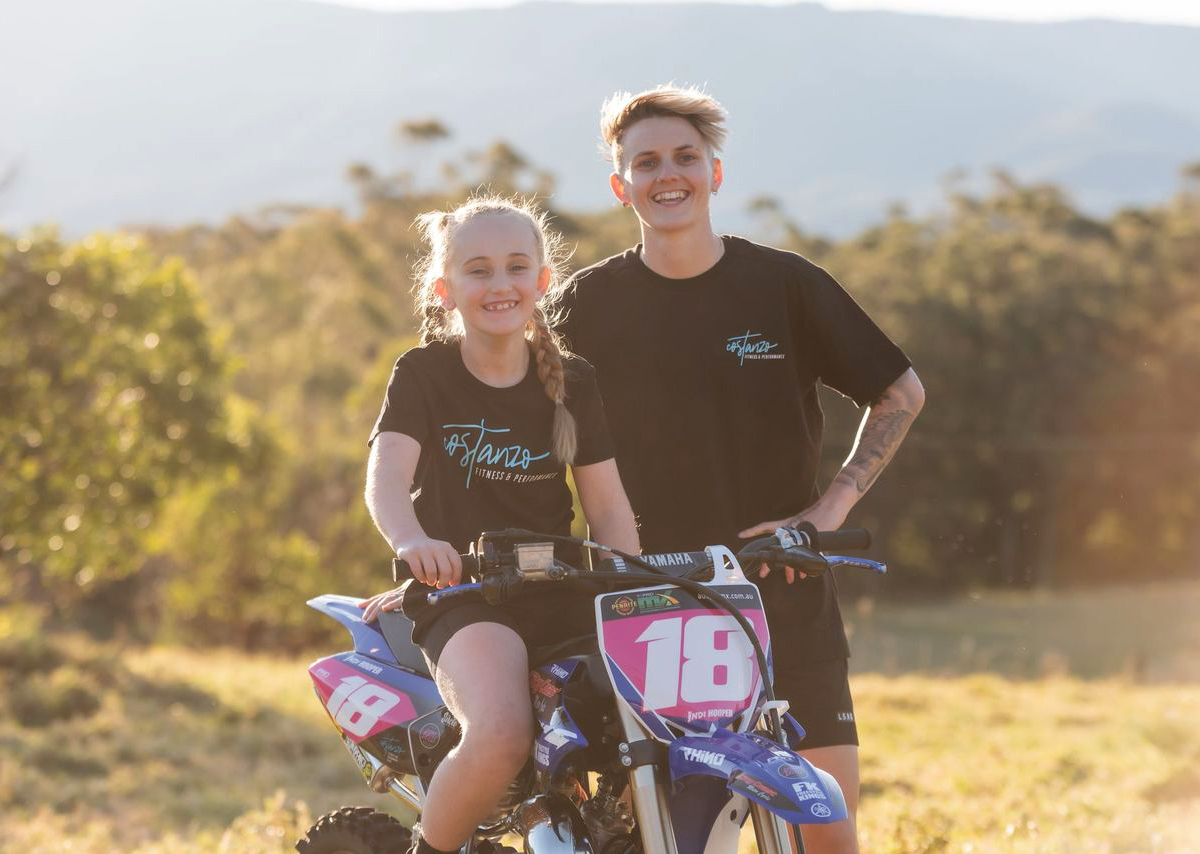
Let’s wind the clock forward to ten years from now; where do you see Maddi Costanzo?
Ideally, I would love to have my own performance centre with a track next to it so it is a one stop shop for riders, I want to grow and expand to having them even in multiple states and have coaches work under the Costanzo brand. I want to travel more being an off-the-bike trainer at MX bootcamps and do collaborations with MX shops such as City Coast Motorcycles and MX coaches. That is the dream lifestyle!
Connect with Maddi Costanzo on Instagram
Connect with Maddi Costanzo on Facebook
Connect with Maddi Costanzo on YouTube
Connect with Maddi Costanzo on Twitter
Check out Maddi Costanzo’s Podcast

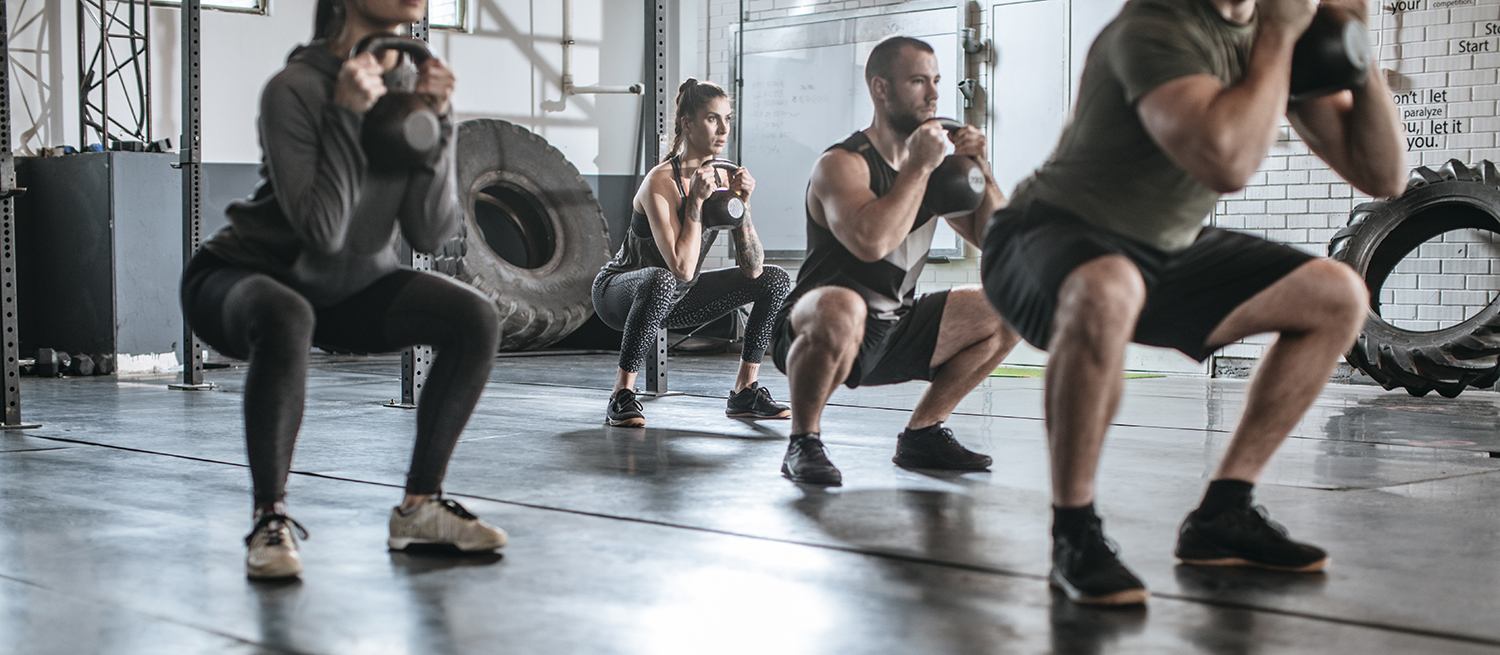
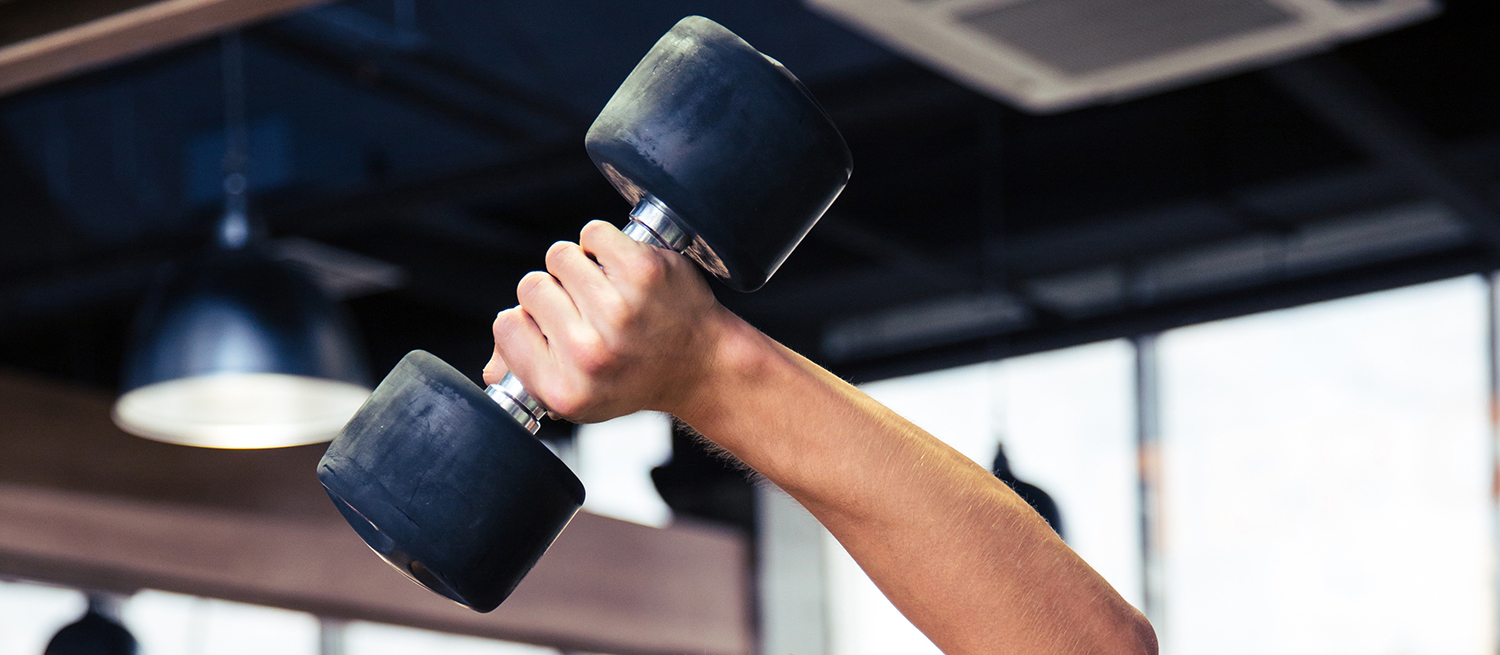

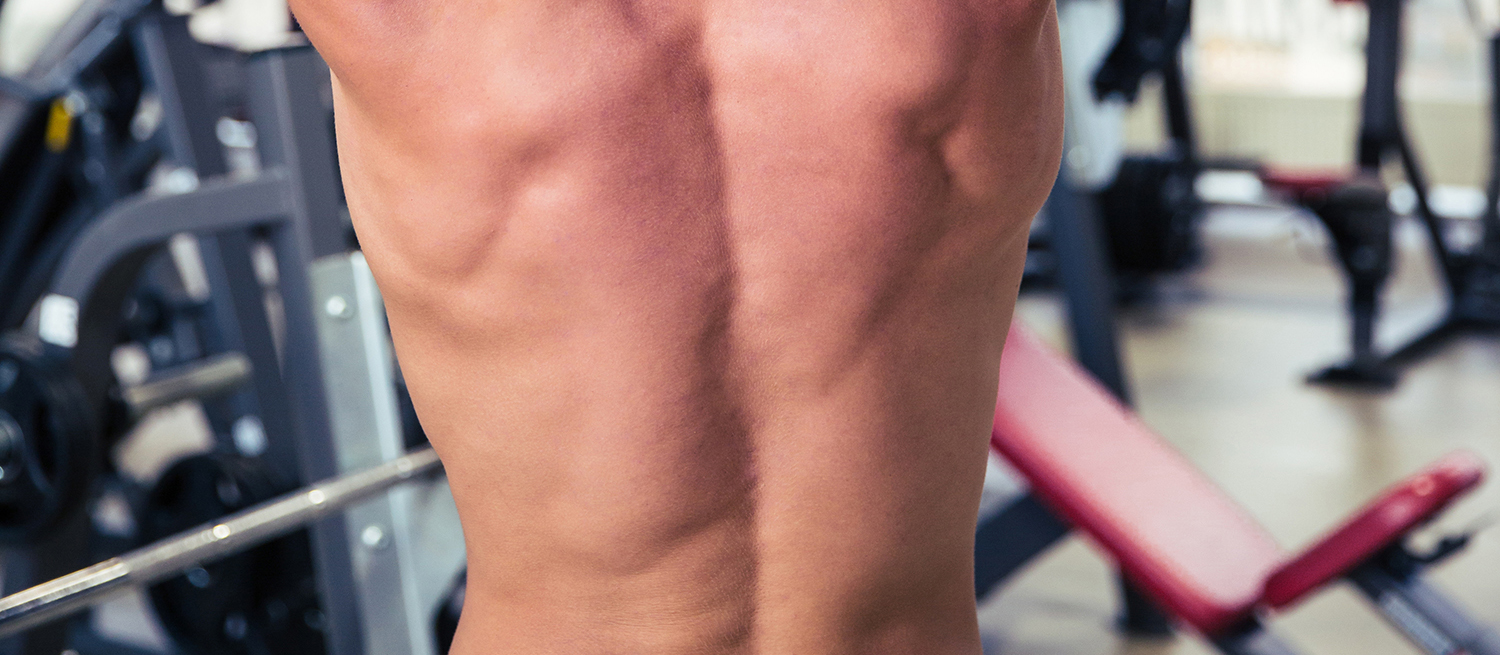
 City Coast Motorcycles has partnered with MotoE for 2019. We are excited to welcome Coach Robb Beams aboard as a feature writer for our website and
City Coast Motorcycles has partnered with MotoE for 2019. We are excited to welcome Coach Robb Beams aboard as a feature writer for our website and